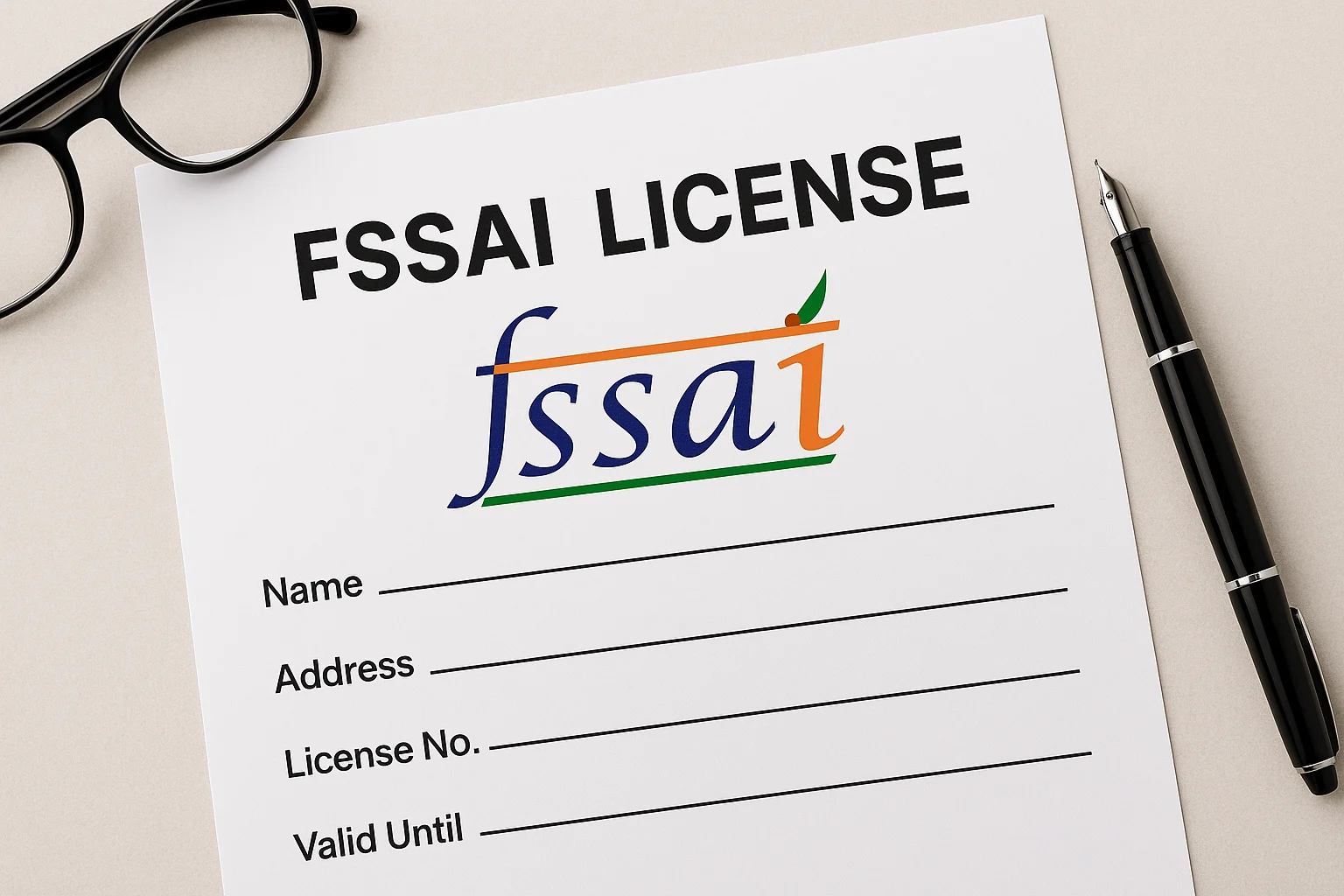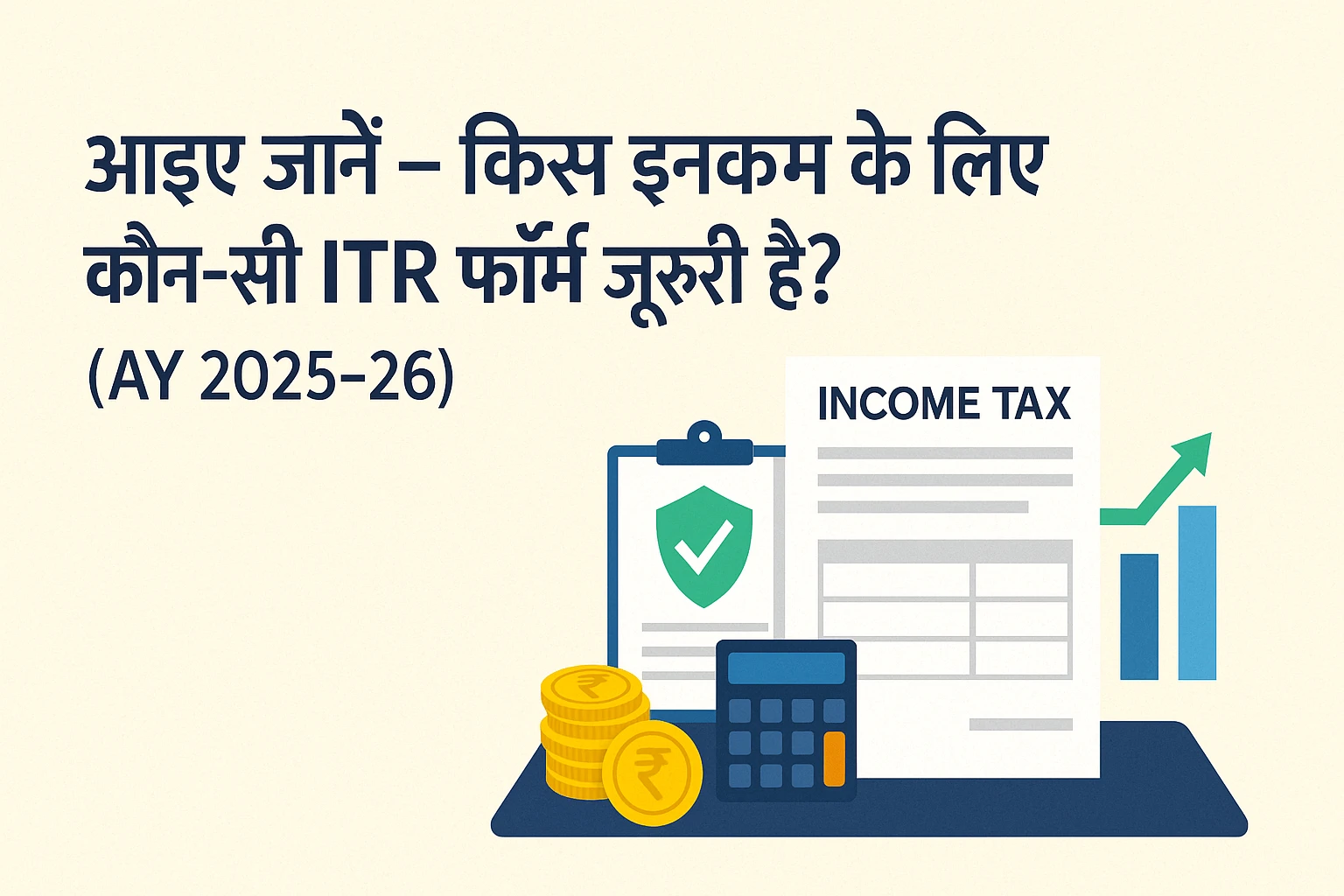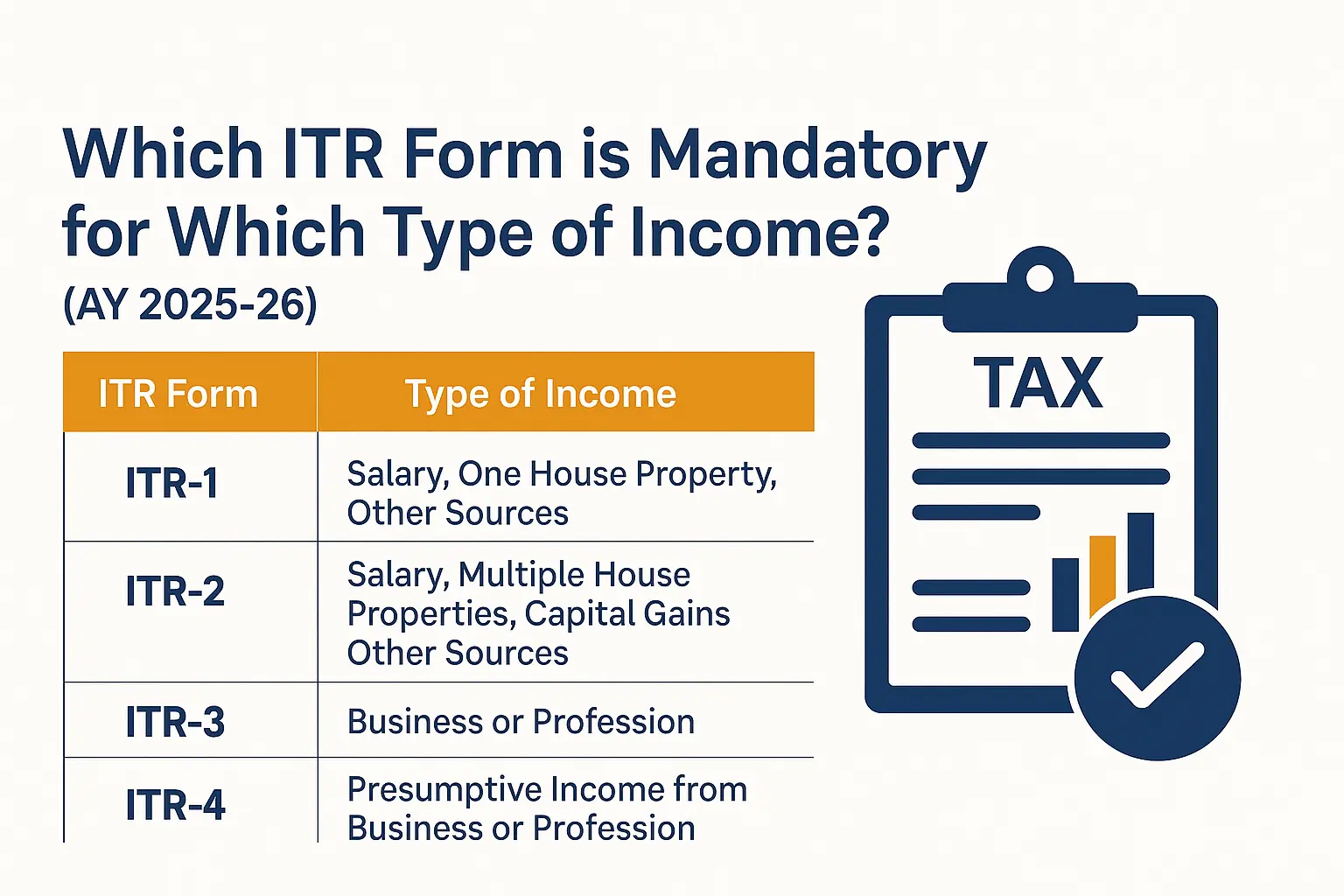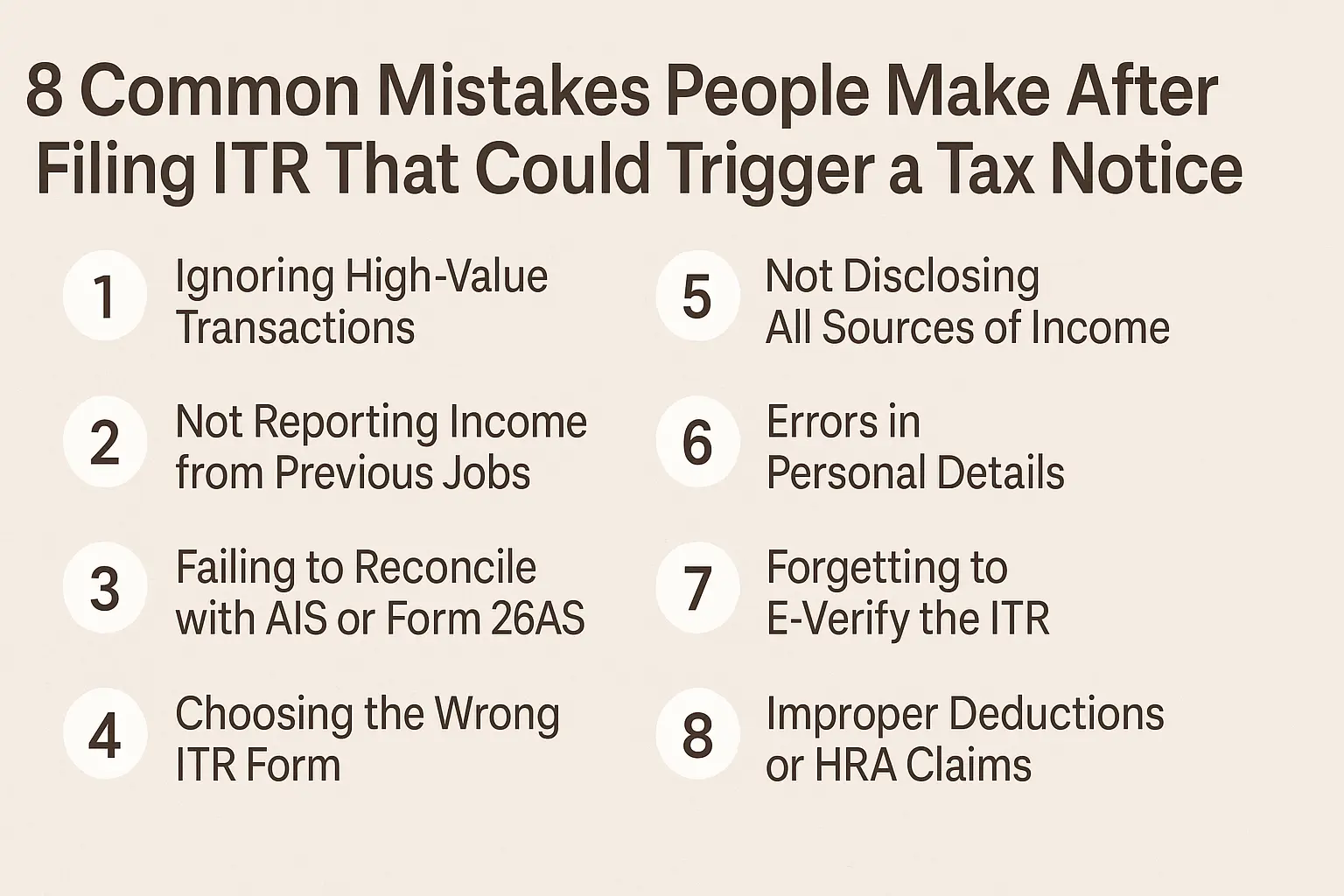Ever pictured the moment you sign your very first board resolution?
That single stroke of the pen tells the world you’re no longer just an idea—you’re a legal entity with the power to hire, raise money, and grow without limits. If that vision feels exciting – yet a little overwhelming – this guide is for you.
Below, I break down the entire company‑registration journey in India, step by step, with plain‑English explanations, real‑life tips, and the quirks nobody mentions in the official manuals. By the end, you’ll know exactly what to file, how much to budget, and where the hidden bottlenecks typically pop up.
1. Picking the Right Legal Structure
One size never fits all. Here’s a speed‑dating overview of your options:
| Structure | Best For | Brief Snapshot |
| Private Limited Company | Start‑ups eyeing investors | Separate legal entity, easy fundraising, stricter compliance |
| One Person Company (OPC) | Solo founders who want limited liability | Sole owner + director can be the same person |
| Limited Liability Partnership (LLP) | Consultants, agencies | Partners share profits; limited liability; minimal capital rules |
| Sole Proprietorship | Tiny local shops | Zero formal registration under MCA, but no liability shield |
| Partnership Firm | Traditional family businesses | Easy to start, unlimited liability |
| Public Limited Company | Large ventures heading for public money | Minimum 7 shareholders, heavy disclosure norms |
2. Why Registration Is Worth the Paperwork
- Credibility Boost: Vendors, banks, and even interns size you up differently once they see a valid CIN (Corporate Identity Number).
- Limited Liability: Your personal scooter or apartment won’t be at risk if the company hits a rough patch.
- Funding Access: Angels and banks rarely back an unregistered entity.
- Tax Perks: DPIIT‑recognized startups enjoy income‑tax holidays and faster patent rebates.
- Perpetual Succession: The firm exists even if original founders exit or pass away.
3. Who’s Allowed to Incorporate?
- Directors: Minimum one Indian resident director (stays in India ≥ 120 days/year).
- Age: All directors must be 18 +.
- Capital: No minimum paid‑up capital since the 2015 amendment (yes, that’s still true in 2025).
- Registered Address: Any physical address in India—your apartment works if you have landlord NOC.
4. Eight Concrete Steps from Idea to Incorporation Certificate
- Digital Signature Certificates (DSCs)
- Get Class‑III DSCs for each proposed director.
- Issued in 1–2 days via licensed CAs; keep Aadhaar & PAN handy.
- Get Class‑III DSCs for each proposed director.
- Director Identification Numbers (DINs)
- Apply within the SPICe+ form; no separate DIN webform anymore.
- One DIN can serve multiple companies.
- Apply within the SPICe+ form; no separate DIN webform anymore.
- Name Reservation—SPICe+ Part A
- Brainstorm two unique names: one primary, one backup.
- Check existing trademarks plus MCA database to avoid rejection.
- Brainstorm two unique names: one primary, one backup.
- Draft MOA & AOA
- MOA spells out your business objects; AOA details internal rules.
- Use MCA’s e‑templates unless you have exotic share classes.
- MOA spells out your business objects; AOA details internal rules.
- Fill SPICe+ Part B & Upload Attachments
- Combine incorporation, PAN, TAN, ESIC, EPF, and GST (optional) in a single sitting.
- Attach signed MOA, AOA, utility bill, and director IDs.
- Combine incorporation, PAN, TAN, ESIC, EPF, and GST (optional) in a single sitting.
- AGILE‑PRO Filing
- Auto‑generates your EPFO & ESIC codes; tick GST if turnover will cross ₹40 lakh soon.
- Upload bank‑account proof later—MCA no longer insists at this stage.
- Auto‑generates your EPFO & ESIC codes; tick GST if turnover will cross ₹40 lakh soon.
- Pay Stamp Duty & Form Fees
- Duty varies by authorised capital and state.
- Typical outlay: ₹1,000–₹7,000 for a small private limited.
- Duty varies by authorised capital and state.
- Certificate of Incorporation (COI)
- MCA sends an email PDF within 3–7 working days if everything is spotless.
- The same PDF carries your PAN & TAN—all done!
- MCA sends an email PDF within 3–7 working days if everything is spotless.
5. Document Checklist
For Directors / Shareholders
- PAN (PDF)
- Aadhaar / Passport / Voter ID (colour scan)
- Latest utility bill or bank statement (address proof)
- Passport‑size photo (JPEG < 100 KB)
- Mobile number + personal email
For Registered Office
- Electricity / water bill (not older than 60 days)
- No‑Objection Certificate from owner (plain paper)
- Rent agreement or sale deed
Pin this list on your fridge—you’ll thank yourself later.
6. What Will It Cost in 2025?
| Entity Type | Govt. Fees* | Typical Professional Fee (JSRTax) |
| Private Limited | ₹1,500 – ₹7,000 | ₹4,999 – ₹12,000 |
| OPC | ₹1,000 – ₹6,000 | ₹3,999 – ₹9,999 |
| LLP | ₹1,000 – ₹5,000 | ₹3,500 – ₹9,000 |
7. Five Rookie Errors That Trigger MCA Queries
- Name Clashes: Choosing “Flipkart Solutions Pvt Ltd” will fail—anything too similar to a famous brand is rejected.
- Wrong Object Clause: Writing “software development” in MOA but describing a café in your business plan.
- Expired Utility Bills: MCA is picky—upload one from last two months.
- Unsigned AOA Pages: Every subscriber must e‑sign each page.
- GST Later, Not Now: If you’ll cross the turnover threshold fast, opt in during AGILE‑PRO and save extra filings.
8. Where JSRTax Makes Life Easier
- Pre‑flight Name Check: We scan trademarks and MCA in one go to dodge refusals.
- One‑Day DSC Service: Doorstep or video KYC—your pick.
- Transparent Packages: Single invoice; no surprise “courier charges.”
- Post‑Incorporation Hand‑Holding: First board meeting template, share‑certificate format, and GST activation reminders.
9. Frequently Asked
How long does the whole thing actually take?
Can a foreign national be the only director?
Do I need a separate bank account on day one?
Is GST compulsory?
Final Word
Incorporation isn’t just a legal hoop to jump through—it’s the point where your dream gets its own legal heartbeat. With India’s digital MCA portal and consolidated SPICe+ form, the process in 2025 is smoother than ever.
Treat the checklist above as your road map, lean on professionals when time is tight, and step confidently into the market—CIN in hand and future wide open.







